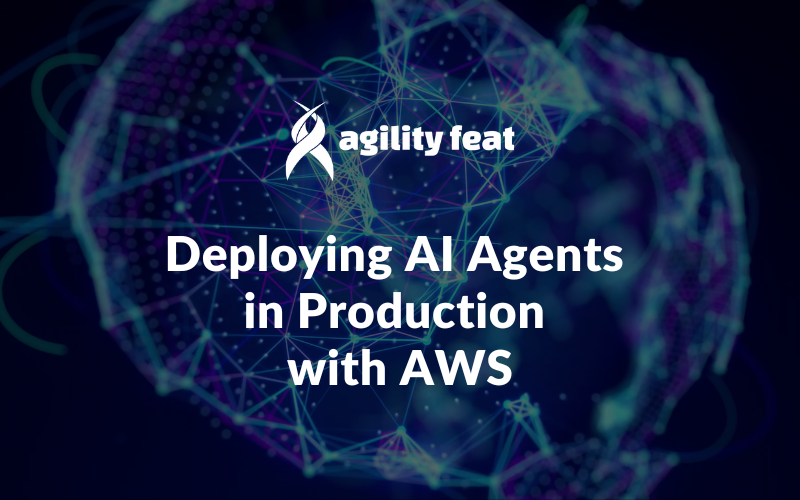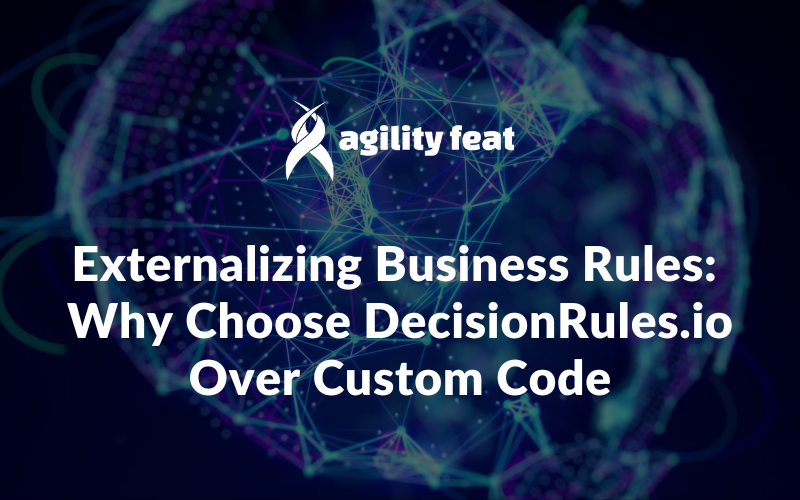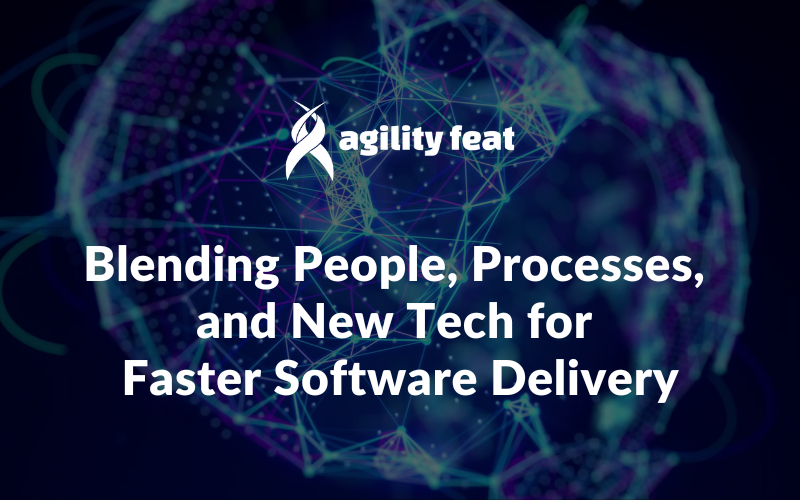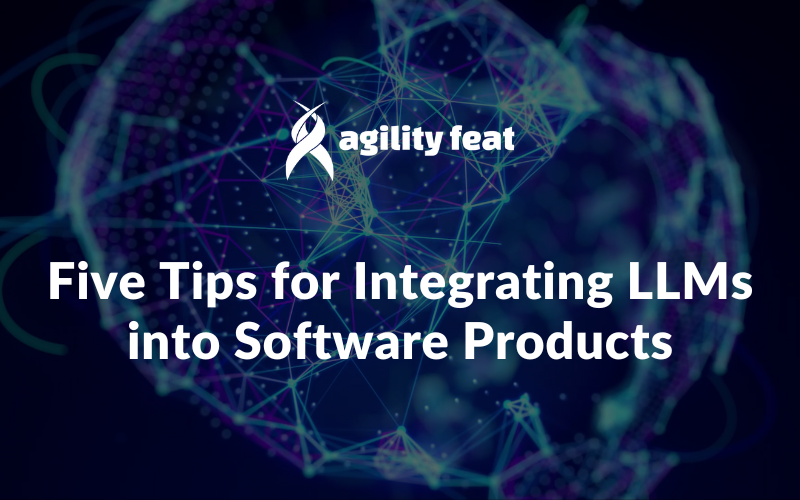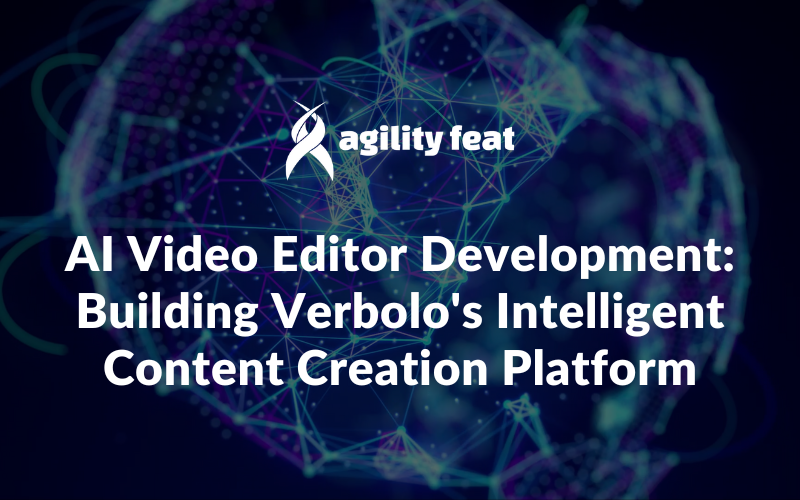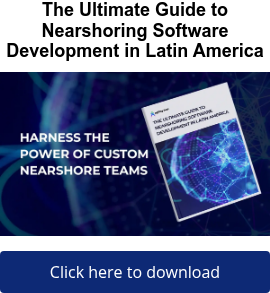AI agents have moved past experimental stages into production systems, where deployment introduces distinct engineering and operational challenges. These agent deployment issues can include increased latency, scaling failure, unsecured components, lack of observability, and more.
In deploying production AI agents for use cases like outbound calling and live video conferencing, our team leverages best practices for architecting robust environments, and takes advantage of Infrastructure-as-Code tools such as Terraform and AWS CloudFormation for automating infrastructure to navigate these obstacles effectively. But we wondered, would a managed service be a better, faster solution for AI Agent infrastructure?
As AWS Partners, we turned to Amazon Bedrock AgentCore to see what heavy lifting it might eliminate and what flexibility we would trade for its convenience. Could a managed compute layer (or ‘backend-as-a-service’) for AI agents actually deliver on promises of speed and security without sacrificing control?
This post walks through the deployment considerations, AWS tooling options, and practical tradeoffs for scaling AI agents to production with Amazon Bedrock AgentCore.
Are You Ready to Deploy Your AI Agent?
You or your team have built an AI agent. While it can plan a trip, draft content, or optimize workflows, it isn’t necessarily production-ready. Moving from a working demo to a reliable, customer-facing system involves a different set of challenges: performance, scalability, observability, and security.
Many promising AI Agents stall at this stage. The gap between a prototype and a deployable service often determines whether an idea becomes a real product or remains an internal experiment. Closing that gap requires disciplined engineering, deployment strategy, and clear ownership of the production environment.
Walking this road means confronting critical operational challenges:
- Security & Compliance Risks. A prototype running on a developer’s laptop has no enterprise-grade security. When connected to live systems, how do you prevent it from accessing sensitive customer data or executing unauthorized actions? A single misconfiguration can lead to catastrophic data breaches and regulatory fines.
- Scalability & Cost Inefficiency. An agent that works for a single user will struggle under the pressure of ten thousand. Scaling this infrastructure inappropriately can be not only slow and complex but also leads to increased cloud costs and poorly managed resources.
- Slow Time-to-Market. The traditional path to production involves months of work from your most expensive engineers, working on designing secure networks, building scalable infrastructure, and creating observability dashboards. While you are building plumbing, your more agile competitors are capturing market share.
- Lack of Governance. Without a clear way to monitor, audit, and control your agents, they operate as a “black box.” How do you trace an agent’s decision-making process when it provides an incorrect answer? How do you ensure its actions align with your business policies and ethical guidelines?
In the current context, the question is no longer whether to use AI agents, it’s how to deploy them securely, at scale, and with enough speed to capture real value before the window closes. Successful teams are shifting focus from experimentation to deployment discipline: securing endpoints, managing cost-efficient scaling, and establishing clear observability to maintain control as complexity grows.
Need help deploying an agent? Schedule a deployment consultation with our COO, Mariana López.
Evaluating Amazon Bedrock AgentCore: Does It Solve These Problems?
Given these deployment challenges, we evaluated Amazon Bedrock AgentCore to determine whether it could accelerate time-to-production. Despite having Amazon Bedrock in its name, AgentCore is its own beast, being compatible with not only Bedrock’s managed AI service platform, but also third party AI models and agentic frameworks such as Strands Agents, LangGraph and CrewAI.
AgentCore is offered as a modular suite of services specifically designed for production-grade agent deployment. It promises to:
- Run and scale with simplicity. AgentCore Runtime provides a fully-managed, serverless environment for your agents. This means your agent is deployed in an isolated, secure sandbox that automatically scales from zero to millions of requests without any manual intervention.
- Securely connect your enterprise. AgentCore Gateway and AgentCore Identity components act as a secure gatekeeper, allowing your agents to safely interact with your internal APIs, databases, and third-party tools (like a CRM or REST APIs).
- Deliver personalized experiences. AgentCore Memory component provides persistent, long-term memory for your agents out-of-the-box.
- Ensure operational excellence. AgentCore Observability suite provides a comprehensive dashboard with traces and metrics. To trust your agents, you must be able to see and understand them.
The Verdict: Amazon Bedrock AgentCore’s Premise Holds True
AgentCore makes some bold claims about the speed and simplicity of deploying enterprise-grade AI agents, we put it to test.
The answer is yes! AgentCore:
- Runs and scales with simplicity. AgentCore Runtime eliminated the need for dedicated infrastructure and servers, resulting in lower operational overhead and a predictable, pay-for-what-you-use cost model.
- Securely connects your enterprise. AgentCore Gateway and Identity ensured that agents only access the data and perform the actions they are explicitly authorized to.
- Delivers personalized experiences. AgentCore’s managed Memory component transforms a transactional chatbot into a relational assistant that remembers customer preferences and conversation history, dramatically improving the quality of customer engagement.
- Ensures operational excellence. AgentCore’s Observability provides a single pane of glass for governance, allowing you to monitor performance, track costs, audit decision-making, and ensure your agents are operating reliably and in compliance with your business rules.
Amazon Bedrock AgentCore Demo: Moving an Agent From Prototype to Production
To show you just how quickly you can move from a simple prototype to a secure, scalable application, we’ve recorded a short video that walks through the entire process of moving from a local prototype to a production-ready agent.
For those who want to follow along, the complete code example is hosted on GitHub for you to deploy in your own infrastructure.
Considerations and Trade-offs with Amazon Bedrock AgentCore
This type of managed platform makes the most sense when speed-to-market and operational simplicity are the top priorities. It allows teams to bypass the deep infrastructure engineering required to build, scale, and secure a custom agent framework from scratch on raw virtual machines or containers.
The primary trade-off is control for convenience. By relying on such tools, you abstract away infrastructure complexities, which in turn limits your team’s access to the underlying stack. This loss of granular control can be a significant issue for applications requiring deep customization or those facing strict regulatory compliance that mandates direct infrastructure access.
However, if you have specific requirements that prevent you from using managed services like AgentCore, building your own infrastructure is your only path. In such a case, having the right expertise, whether in-house or through a partner like AgilityFeat, is crucial, as you will require:
- A scalable runtime environment. Using Docker containers and orchestrator clusters such as Kubernetes or Amazon ECS so that your AI Agent that adapts to traffic patterns, scaling out to meet demand, and scaling in to reduce cost
- A tool management layer. For example using MCP servers and integrations with identity providers such as Okta and Amazon Cognito so that they securely enable agents access to external resources
- A robust memory system. Vector-enabled databases such as Pinecone or Amazon OpenSearch can provide agents with relevant context and domain knowledge to keep interactions natural and accurate.
- An appropriate observability platform. Tools such as Grafana or Amazon CloudWatch provide visibility into the agent’s behavior and performance.
Building and operating infrastructure for AI agents is not just a technical exercise, it’s a strategy and design decision that defines how much control, flexibility, and accountability your organization retains. The right balance depends on your operational maturity and regulatory context. Managed solutions accelerate time to market but reduce transparency. Owning your infrastructure increases complexity but grants full control over performance, data governance, and security capabilities that can become long-term differentiators as AI systems mature.
AI Agent Deployment Readiness Checklist
Before deploying your AI agent to production, ensure you’ve addressed:
- Security: Identity management integrated (OAuth, SSO)
- Observability: Logging, tracing, and monitoring configured
- Scalability: Load testing completed for expected traffic
- Memory: Context persistence strategy defined
- Guardrails: Input validation and output filtering implemented
- Compliance: Data handling aligned with regulations (GDPR, HIPAA, etc.)
- Cost controls: Usage limits and budget alerts configured
Missing any of these? Talk to our COO about a deployment assessment.
The Bottom Line: Choose the Right Deployment Path for Your Situation
Amazon Bedrock AgentCore proved effective for rapid deployment when speed and managed infrastructure align with business priorities. For regulated industries or highly customized requirements, self-managed infrastructure remains the better choice.
The real question isn’t “managed vs. custom”. It’s understanding which deployment challenges matter most for your use case and having the expertise to execute either path effectively.
Need help with your AI agent? AgilityFeat specializes in the exact challenges covered in this article: securing agent endpoints, implementing scalable infrastructure, establishing observability, and navigating compliance requirements. Our nearshore team has deployed production AI agents for regulated industries and high-traffic applications with managed services and custom builds. Book a meeting with our COO to discuss your deployment today!

